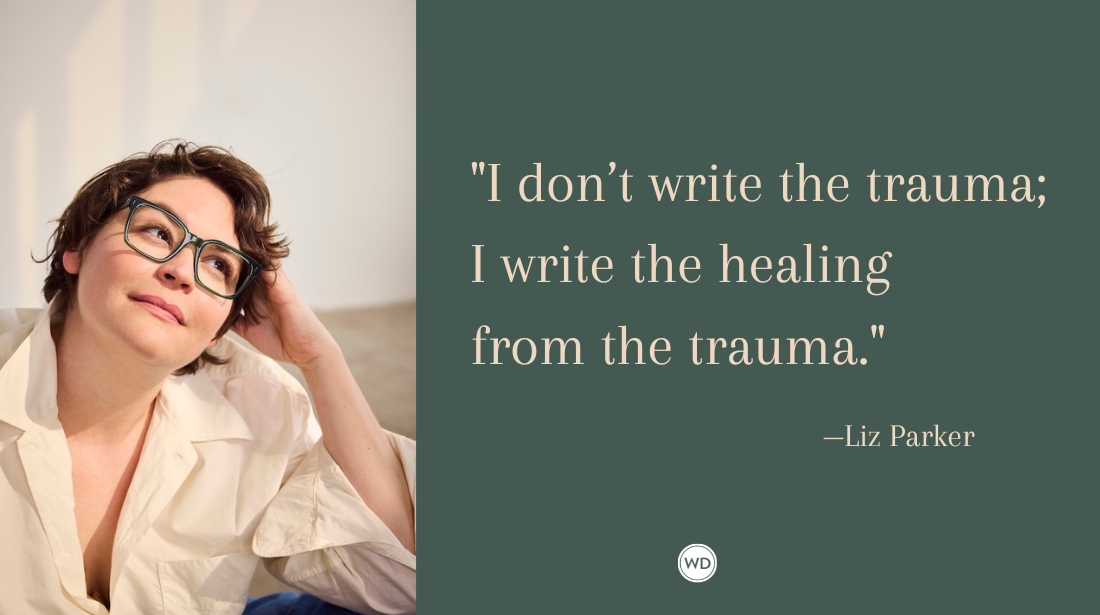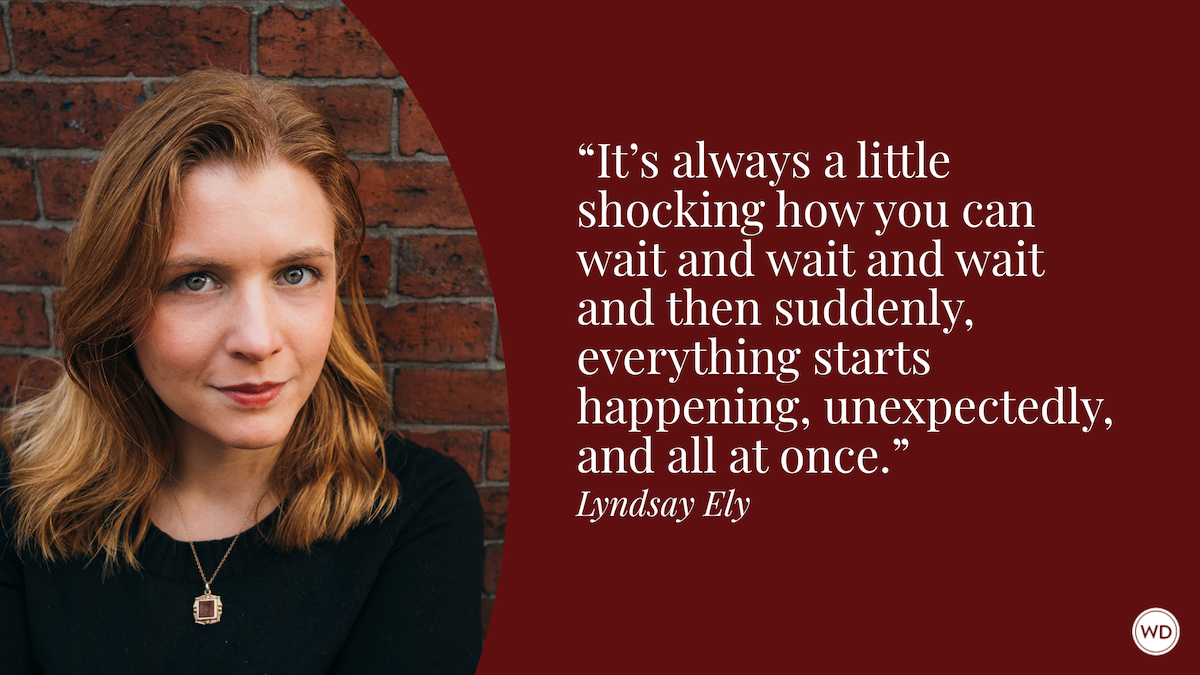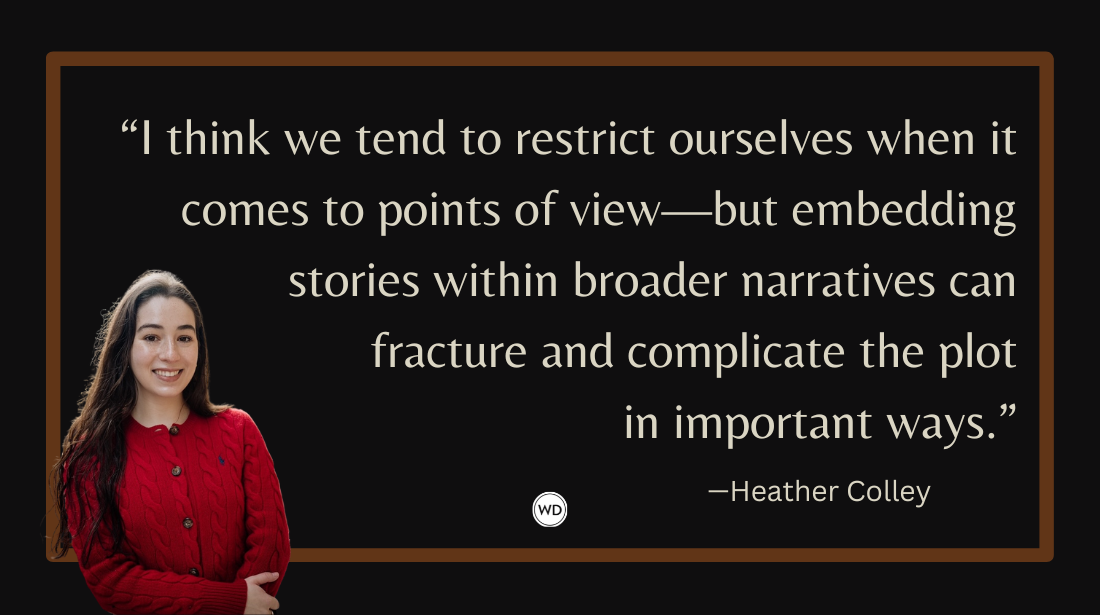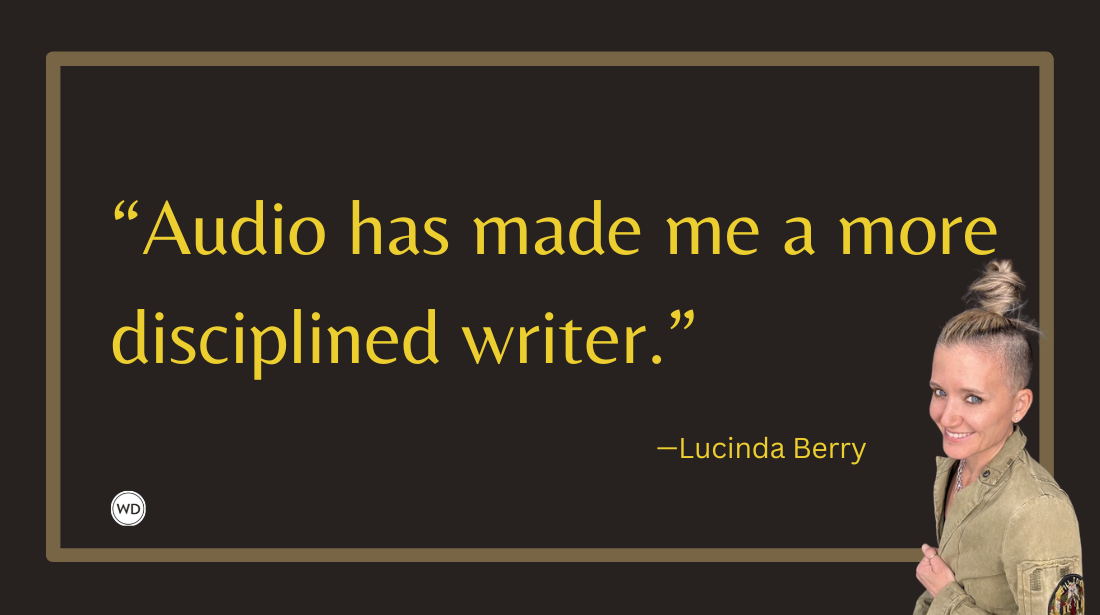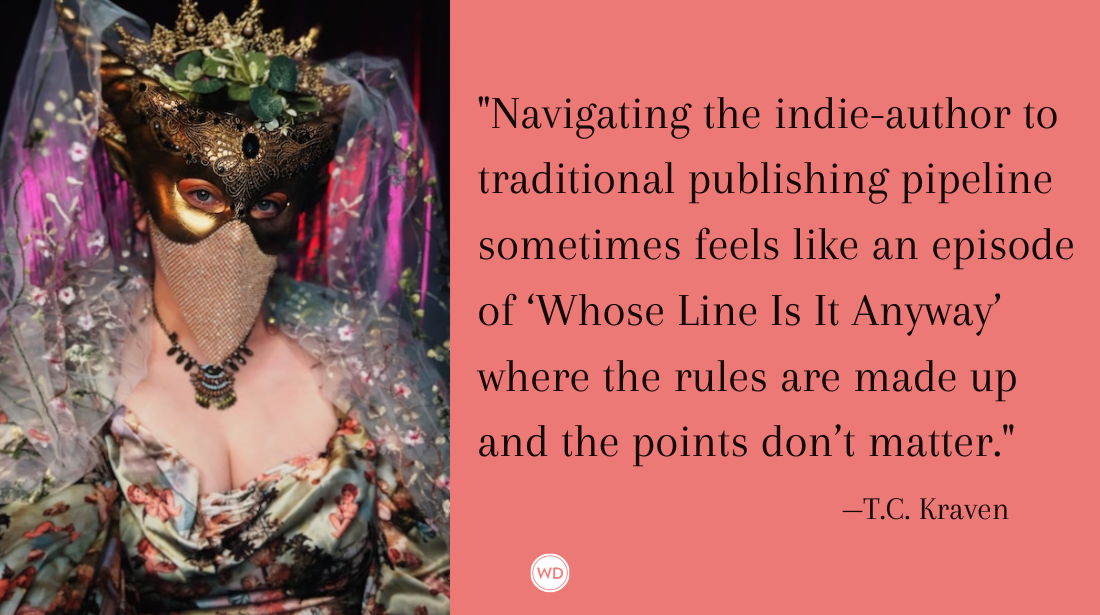Keep it Simple: Keys to Realistic Dialogue (Part I)
In this post, Short Short Story winner Eleanor D. Trupkiewicz details the importance of creating realistic dialogue and punctuating dialogue properly in order to keep the reader invested. Even the slightest of errors can draw the reader out of the story.
If the devil’s in the details, that makes dialogue for fiction writers one of the most demonic elements of a story or novel. Just thinking about it makes me want to shut down my laptop and take up another career. Something less taxing, like dedicating the rest of my life to finding the Holy Grail.
Think about it. It couldn’t possibly be any more frustrating a career choice.
On the other hand, without dialogue to break up the monotony, stories get wordy and dull. Paragraph after paragraph of description or action eventually bores a reader into throwing the book against the wall and declaring a moratorium on any future reading.
Which is a death sentence for authors.
The goal, instead, is to engage the reader so he/she never even entertains the possibility of tossing aside the book.
Here’s a quick-reference guide to writing effective dialogue in fiction.
Problem: What About Complete Sentences?
When I close my eyes, I can see my middle school English teacher, in a black broomstick skirt and print blouse, as she stressed the importance of “always writing in complete sentences.”
Any student hoping for a glowing report card would’ve taken the edict to heart. I started writing short stories in which the dialogue between characters read something like this:
“Good morning, James. It’s nice to see you again.”
“Thank you, Lisa, you as well. How have you been?”
“I’ve been very well lately, thank you, and you?”
Yawn.
Who talks like that?
Unless you’re writing dialogue in complete sentences for one character in your work of fiction, perhaps to emphasize a cultural difference or a high-class upbringing, few people really talk that way. What worked for Jane Austen in Pride and Prejudice isn’t going to fly with today’s readers.
Now what?
I’ll let you in on a secret. You’re going to have to disappoint your grade school English teacher.
Try an experiment. Go to a public place and eavesdrop. It helps maintain your cover if you’re not obvious about it, but just listen to the flow of conversation around you. You’re likely to hear snippets:
“Hey, man.”
“No.”
“Shut up.”
“Get lost, will you?”
“Pregnant? Julie?”
“I can’t— no, I don’t feel—”
Not many of these are complete sentences, by grammatical standards. Where are the subjects and the predicates? Could you diagram these examples?
Sure—they’re called words and phrases, and they’re what people generally use in conversation.
It’s not a crime to use a complete sentence—“Get away from me, Jim, before I call the police”—but opportunities don’t come up very often. Dialogue will flow and read more naturally on the page if you train yourself to write the way you hear people around you speaking.
Problem: Punctuating Dialogue
Periods, commas, ellipses, quotation marks, tigers, bears … you get the idea.
Don’t panic. Punctuating dialogue doesn’t have to be complicated, and your editor and proofreader will thank you for putting in the extra effort.
Here’s what you need to know about the most common punctuation in dialogue:
- When dialogue ends with a period, question mark, or exclamation mark, put the punctuation inside the quotation mark:
“Sam came by to see you.”
“Come home with me?”
“I hate you!”
- When punctuating dialogue with commas and an attribution before the dialogue, the comma goes after the attribution, and the appropriate punctuation mark goes inside the quotation mark at the end of the dialogue:
Mom said, “Sam came by to see you.”
- When punctuating dialogue with commas and adding an attribution after the dialogue, the comma goes inside the quotation mark:
“She came home with me,” Will said.
- When you’re punctuating dialogue with commas and adding a pronoun attribution, the comma goes inside the quotation mark, and the pronoun is not capitalized:
“I hate you,” she said.
- With dialogue that trails away, as though the speaker has gotten distracted, use an ellipsis inside the quotation mark:
“I just don’t know …” Jenny said.
- When dialogue is abruptly interrupted or cut off, use an em-dash inside the quotation mark:
“Well, I don’t think—”
“Because you never think!”
- For a non-dialogue beat to break up a line of dialogue, use either commas or em-dashes:
“And then I realized,” Jane said with a sigh, “that he lied to me.”
“Without the antidote”—Matt shook his head—“I don’t think we can save him.”
- When the speaker has started to say one thing, and changed his or her mind to say something else, use the em-dash:
“I don’t want to—I mean, I won’t hurt her.”
Note that semicolons and colons are rarely used in most contemporary fiction. They tend to appear too academic on the page, and if you use one or the other, or both, you run the risk of reminding the reader that they’re reading a story. Try not to do anything that breaks that fourth wall and calls attention to the mechanics of the story itself.
Questions
What “rules” about dialogue do you remember from grade school, writing conferences, classes, workshops, or books? Which rules drive you crazy? Which ones do you find yourself struggling to solve? How have you tackled those frustrations? Share your wisdom so others can benefit—writing takes a community to succeed!
*****
When you take this online writing course, you will learn how to create believable fiction characters and construct scenes with emotional depth and range. Create characters readers will love and develop a strong point of view for your fiction book today!
About Eleanore D. Trupkiewicz
Eleanore D. Trupkiewicz is an author, poet, blogger, book reviewer, and freelance editor and proofreader. She writes full-length thrillers as well as short stories, flash fiction, poetry, and creative nonfiction. Her blogs are Engraved: All About Writing (http://eleanoretrupkiewicz.blogspot.com) and Daily Poetry Prompts (http://dailypoetryprompts.blogspot.com) and you can find her on one of her websites at www.eleanoretrupkiewicz.com or Refiner’s Fire Editing (www.refinersfireediting.com). Follow her on Twitter: @ETrupkiewicz. She lives and writes in Colorado with cats, chocolate, and assorted houseplants in various stages of demise.




